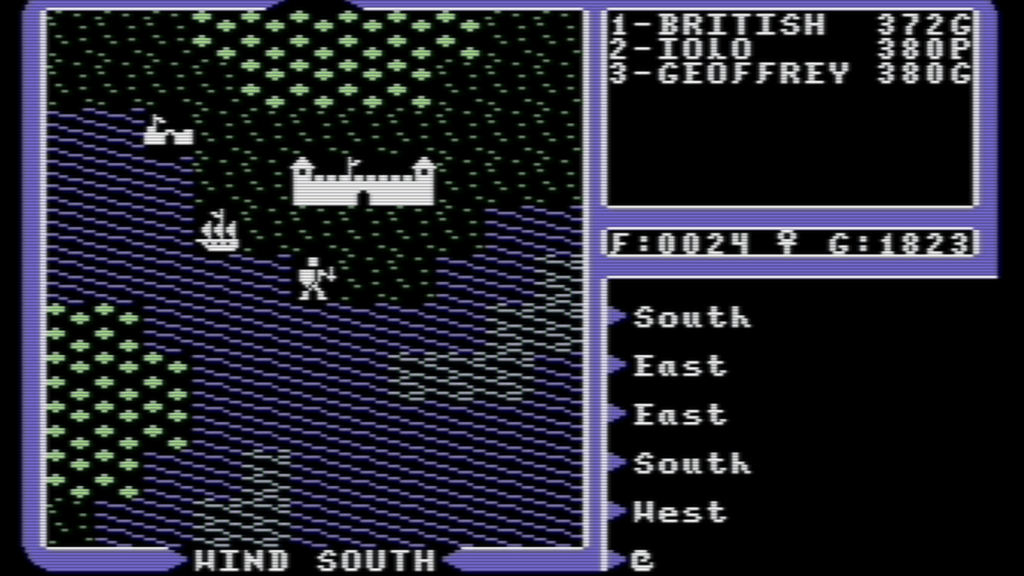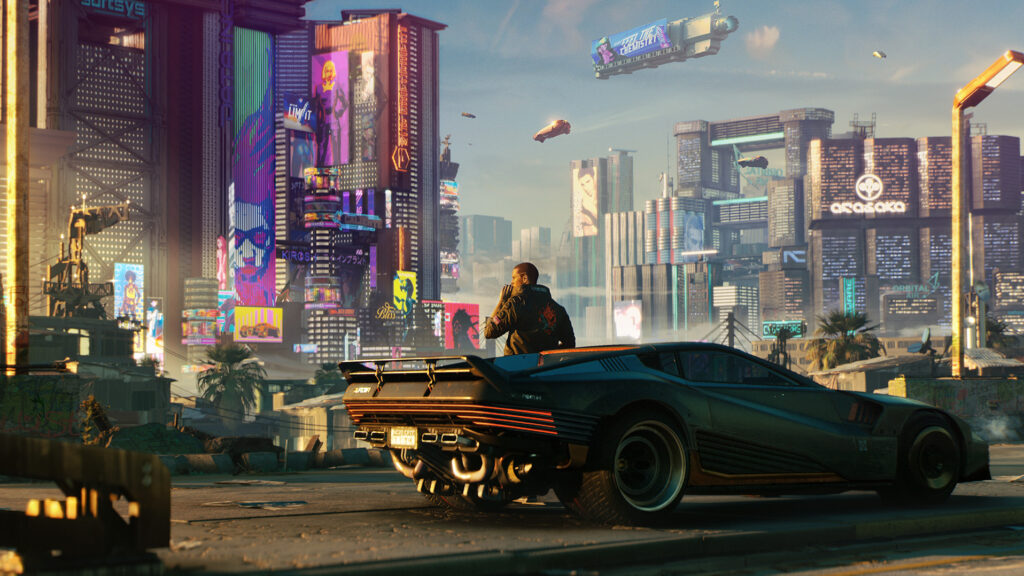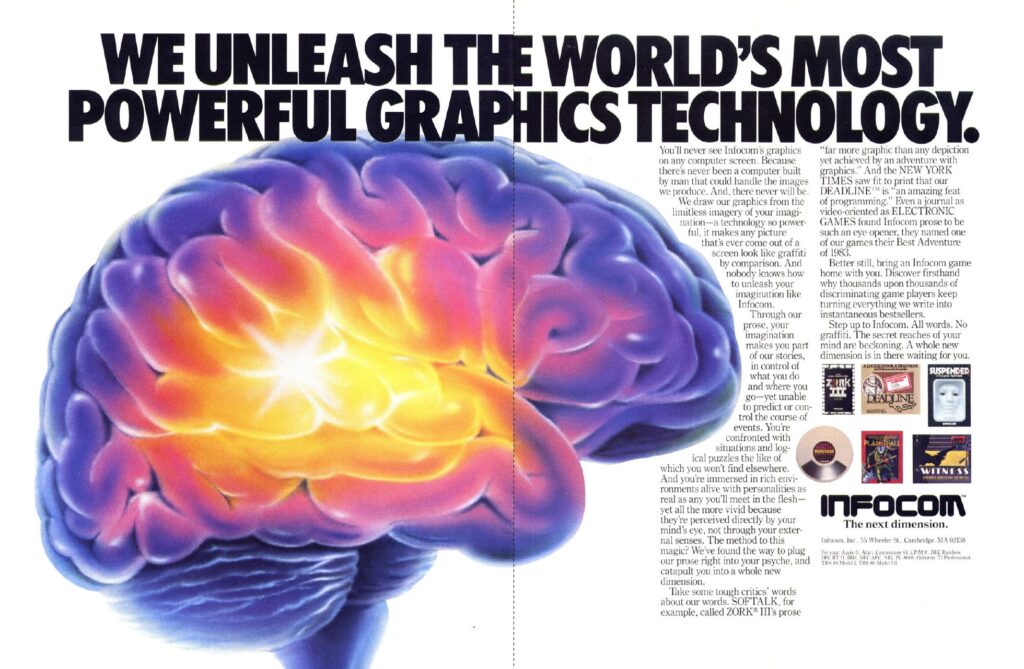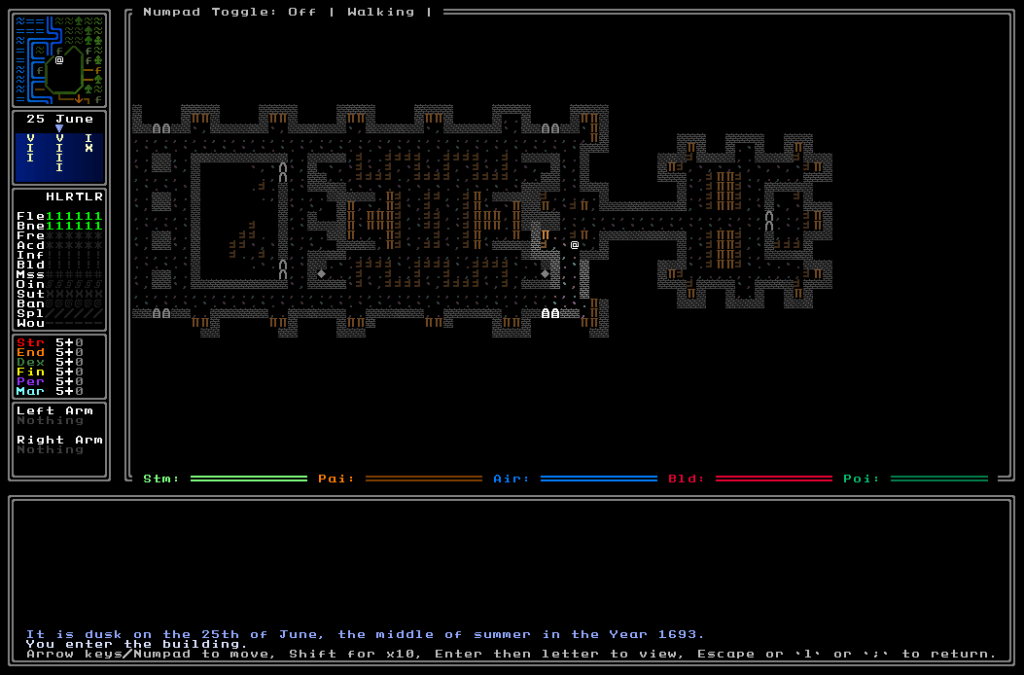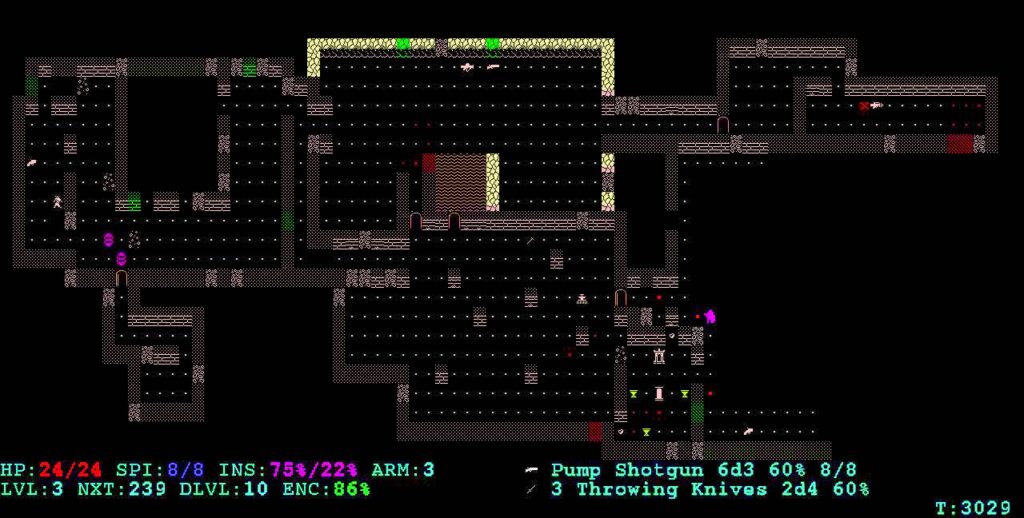Noospheric Landscapes: Generating and Decoding Distinct Game Worlds
A PhD Snapshot by Eyal AssafYork University, Toronto
Table of Contents:
Abstract and Synopsis
This snapshot will present a high-level overview of my research, work, and interests in pursuing my PhD.
The topics and themes I am exploring are:
-
- the concept of temporality and the ability of the Player to move through a game narrative across non-linear time and space
- the multi-modal semiotic interpretations used to generate meaning within evolving digital spaces
- the life-cycles of non-player entities in persistent game worlds
On the practical side, there are two stages that support the themes mentioned above. The first stage involves the creation of unique game worlds, procedurally generated by the Player’s distinctive personal data input points (i.e. biodata). This data will drive the formation of the game terrain, environment, persistent non-player elements, and encompass it with a personalized narrative. The purpose of this narrative is to incorporate symbolic elements relevant to the Player, thus making the experience more meaningful to them. These personalized game worlds will be autopoietic and self-contained but provide the ability to connect and interact with others.
This leads to the second – future – stage which will network these individual game worlds and connect them by preset conventions and parameters. These rules will define they types of connections, compatibility and communication between these game worlds.
Introduction
1. The Noosphere
noosphere (n.) the sum of human thought, knowledge, and culture.
I came across the the concept of the noosphere back in 1990, after reading the novel Hyperion, by Dan Simmons. It was described as an abstract layer surrounding the earth (or wherever humanity resides) that encompases human thought, knowledge and culture.
At the time, it seemed quite far-fetched and fantastical, but having discovered in the last few years that the noosphere concept actually originated and theorized at the beginning of the 20th century by Pierre Teilhard de Chardin and Vladimir Vernadsky, made me dive deeper into the topic and research it further.
Vernadsky, a biologist and geologist, defined the noosphere in his book Scientific Thought as a Planetary Phenomenon (1938) as the changes and alterations the Earth is being subjected to, based on the actions of humankind. This description is very similar to the definition of the unofficial – but highly debated – Anthropocene Epoch (Schmidt, Brown, and Orr 2016) which states that changes on the environment implemented by humans since the 1950’s have altered the natural balance of the Earth’s evolution. This idea is supported by the concept of the Great Acceleration (McNeill 2014) which illustrates the extremely rapid growth of mankind’s technological advances, and the negative impact it has had on our environment and societal fabrics.
Teilhard approached the noosphere by balancing the two worlds he existed in – the first as a scientist and the other as a Jesuit priest. His methodologies included that the evolution and expansion of human thought is an exponential scaling of consciousness, and thus unable to fall into decay and disappear, but rather stay for eternity (Levit 2000). The noosphere was then presented in theory and later expanded upon in his essay Le Phénomène Humain (1955), as a conscious, living superorganism that encompasses the Earth, that grows from human’s cultural and technological interconnection, and that would ultimately reach a unifying, all-encompassing state he termed the Omega Point.
One of the challenges imposed by the concept of the noosphere is how to represent it in a sensorial manner. The noosphere is undefined by shape or form, yet capable of hypothetically holding human thought and evolve with it. This slides into realms of vagueness and abstract interpretation at best, especially when trying to envision a structure that spans and surpasses the dimensions of the Earth.
An aspect in this challenge is the concept of scale. The noosphere is envisioned in planetary terms, which can defy the capacity of humans to relate to elements in that magnitude. Rather than explore this from a macro, top-down approach, this project proposes to visualize the noosphere from the micro level, bottom-up perspective, with smaller components building up a larger form.
One of the challenges in doing that is falling into the traps of social media that are impacting the way we think and experience the world such as echo chambers and filter bubbles. In other words, can we truly think clearly or are we reflection of the noise that we consume?
2. Movile Cave
In 1986, a geological research crew in Romania stumbled across the Movile Cave. It was sealed and isolated from the rest of the world for approximately 5.5 million years. It is made up of a network of tunnels, with a lake in the central cavern. In order to survive, the lifeforms trapped in the cave had had to adapt and evolve to a new way of life different than the one on the surface of the planet. In the cave, there was an almost alien ecosystem that was dependent on chemosynthetic bacteria that leaves a frothy film on the surface of the lake. Small creatures would eat the bacterial film, and in turn provide food for the larger creatures in the food chain. A diverse and unique habitat was thus created within the Movile Cave, with unique evolutionary traits and metabolisms. These new systems provided the lifeforms the necessary survival skills, senses and mutations needed to adapt to that particular ecosystem.
This concept leads to the question – can an enclosed digital system, encoded with austere “life” conditions, be able to support the organization of elements needed to simulate artificial life? Will this artificial life need to be programmed with genetic and evolutionary computing algorithms based on existing organic living systems to thrive, or can a new evolutionary process be autonomously evolved?
Furthermore, can an anthropomorphic narrative be assigned to it, with understandable symbols that can be decoded by humans?
3. The Metaverse (+Gaming Industry)
Yet another unclear term with widely differing visions, depending on whom you ask. The reason this term is brought up into the conversation is because at some point in the foreseable future, some form of it will exist.
It is a like a slow-moving juggernaut that has begun to slowly roll, and will eventually reach critical mass and alter everything it its path. What form will it take, what kind of impact it will have on a modern, digital world – it is currently still all speculative. But impact it will have.
The main critique that I present to the idea of the metaverse, at least within the concept of this snapshot, is the lack of personality. Personality in the sense that the proposed virtual meta-worlds are extensions of the designers who created them and who invite the Players to explore, interact, play and navigate within them. Yet they do not hold any true, unique direct connection to the Players themselves. These worlds become a framework within which the individual Player exists essentially as a guest, a captive audience that is bound to the limitations previously set by the virtual game environment.
Current Research
1. Changes, Insights and New Frontiers
Spatial Computing in Responsive Environments
This course introduced me to the concept of multi-avatars in a real-time, live-coding browser-driven environment. Although the visuals were not detailed, the group project Holonic Chorus that I participated in allowed me to suspend disbelief and feel a connection to the other participants and interactive elements simply through the act of participation. I have played many multiplayer games in the past but actually seeing the project come to fruition through the collaboration of the whole class really drove that point home.
My contribution to the project involved conceptualizing and creating a “data bubble” to represent a personal digital protective shell around the User. This bubble would form an interaction field with other Users as well prevent malicious elements to penetrate the personal and private space of the User.
Vertical Studio – Lab II
Expanding on the noosphere and personal digital spaces – especially in terms of privacy, connection and data security – I explored how to implement the data bubble concept within a game engine. In this case, see if I could conceptualize and start thinking about adding elements of Artificial Life to these shells and create some form of unique digital ecosystem. These bubbles were nicknamed neuroIDs.
A version of it was implemented in our final group showcase The Daily Chorus Project, along with help from my classmates, especially with technical Unity help from Douglas Gregory.
Directed Reading
I spent the past summer delving into coding in C# with the Unity game engine in order to improve my programming skills. I chose Unity because of the flexibility it offers in both 2D and 3D environments, as well as the Shader capabilities it offers out of the box. I found C# a powerful scripting language, although it has its quirks and still requires further exploration. A fallback engine I am looking at should things go sideways is the Godot game engine. I decided against the Unreal game engine because it is overkill for my current requirements.
The focal point of my coding development is procedural world generation, specifically in 2-dimensions. I chose this format because of the following:
-
- Lower technical and creative overheard (computing requirements, graphic creation)
- Faster implementation of code and visuals
- Closer approximation to the written form in terms of visuals (2-dimensional communication)
- Simpler conversion of external data i.e. json, csv
In terms of literature, the two main (non-coding) topics I’ve been reading up on have been Semiotics and narrative in video games (see Annotated Bibliography for full list).
2. Influences
One of the most impactful trends of the 21st century is overstimulation. It surrounds us constantly, especially since modern life has become so intertwined with technology that requires our constant attention. Leading the pack is digital visual stimulation. This barrage of very accessible, always-on visuals are shaping choices, biases, decisions and thoughts.
When thinking about the implementation of my research, I actually went a bit back in time – specifically to my teenage years in the 1980’s, to this:
Games like Zork, Planetfall and others that used language-parsers engaged and fired up the imagination in a similar way that classic literature did. The mind filled out the blanks and made the experience personal while offering choice to the Players.
Visual games that expanded on that concept – and considering the hardware limitations of the time – were games like Mystery House by Sierra On-Line. One of the seminal games that expanded the world was the Ultima series, created by Richard Garriott.
Compare this with modern games like Cyberpunk 2077 by CD Projekt RED:
The game worlds created by the current generation of video games is nothing short of astounding. From the fidelity of the game graphics and sounds pushing towards complete realistic immersion, to the elaborate control mechanisms alongside the AI-driven NPC interactions – these are considerable advances that are helping drive the technological progress being experienced today in many hi-tech fields.
But it goes back to the point made earlier about personality. Imagination is now being taken over by these incredible visuals and although they build a world for the Player to immerse themselves in, it is not the Player’s world had they had the option to imagine it.
And now to an old ad by Infocom:
The list of creative influences for my research are the following:
1. Ultima Ratio Regum by Dr. Mark R. Johnson – A roguelike focused on world, culture and civilization exploration rather than combat. Created as part of a graduate project that incorporated politics and sociology.
2. Caves of Qud by Freehold Games – A roguelike science fantasy world, incorporating procedural history and culture generation, set in a retrofuturist world.
3. Dwarf Fortress by Bay 12 Games – One of the deepest and intricate game world management simulation, incorporating roguelike mechanics and style
4. Infra Arcana by Martin Törnqvist – roguelike set in the early 20th century, in a Lovecratian universe.
Implementation and Future Work
1. Current Research and Project Goals
- Create visually simple, yet content complex sandbox world based on Player’s unique signature
- Implement a symbol-based visual language
- Incorporate a language parser
2. Future Project Goals
- Network game worlds
- Persistance
- Integration with external data
Below is the general process I plan to implement as part of the practical aspect of my research.











